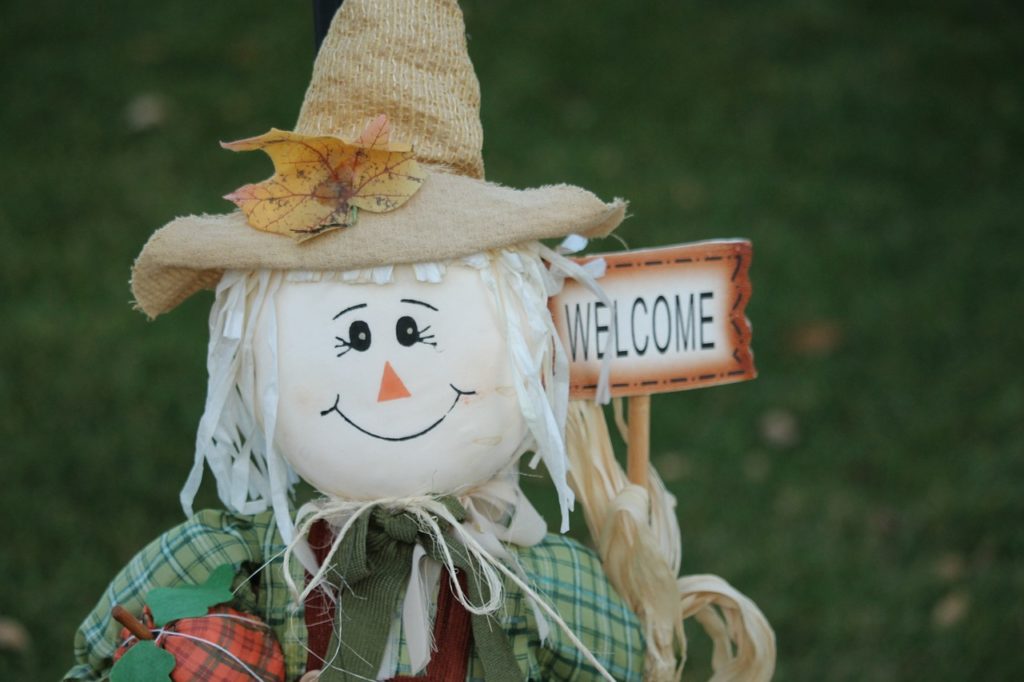 There are days when I wonder if perhaps a large part of my brain froze when I turned ten! I’m certainly wiser in my old age, yet I can’t pass up a corny riddle to save my soul. Perhaps this is why I believe riddles to be valuable teaching tools. For example, when you share a riddle with your students, you may elicit giggles, groans, or both. The good news is you have their attention. They are ready to listen—and learn! Each time you deliver a riddle, you model reading with expression—a technique that allows children to become more fluent in their reading. A riddle is also a superfun way to introduce a lesson on multiple-meaning words.
There are days when I wonder if perhaps a large part of my brain froze when I turned ten! I’m certainly wiser in my old age, yet I can’t pass up a corny riddle to save my soul. Perhaps this is why I believe riddles to be valuable teaching tools. For example, when you share a riddle with your students, you may elicit giggles, groans, or both. The good news is you have their attention. They are ready to listen—and learn! Each time you deliver a riddle, you model reading with expression—a technique that allows children to become more fluent in their reading. A riddle is also a superfun way to introduce a lesson on multiple-meaning words.
Well, I could keep going, but I won’t. Enjoy these riddles from Jill Riley at A Mom with a Lesson Plan. Then let me know, on a scale from one to ten, how much you (and your students) enjoy a corny riddle!
I’m a ten!
Diane
Why did the scarecrow win a medal? He was outstanding in his field.
Why did Humpty Dumpty have a great fall? To make up for his miserable summer.
Why do birds fly south in the fall? Because it’s too far to walk.
Why do trees hate tests? Because they don’t like being stumped.
What is a scarecrows favorite fruit? straw-berries
What runs around a farm but doesn’t move? A fence.
How do trees get online? Easy, they log on!
What kind of roads to ghosts haunt? Dead ends

Cute, 6, I’d enjoy sharing them more if they actually get them. I feel like I spend more time explaining them.
That’s my experience with puns… I think they’re punny, my students don’t get them, or groan.
My kidddos dont get riddles sadly
Kindergartners don’t get riddles, 1st graders pretend to – then fill your ears with their own created riddles. Now I’m teaching second grade, and they understand them! I love it when their eyes light up as they get it! Thanks for the riddles; my second-grade kids have been reading ahead in their reading book and love to trick me with the riddles they find in it. Now I can stump them with a few more!